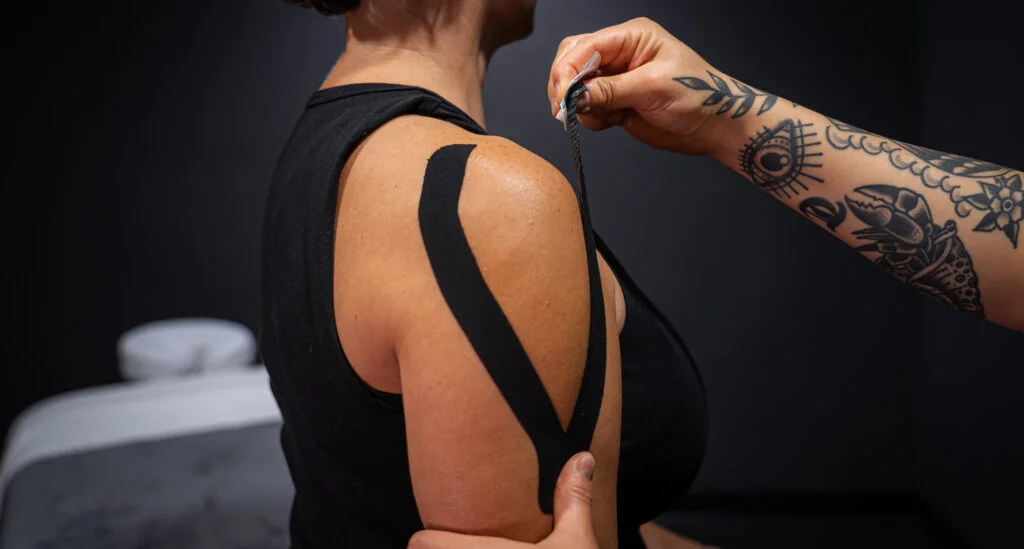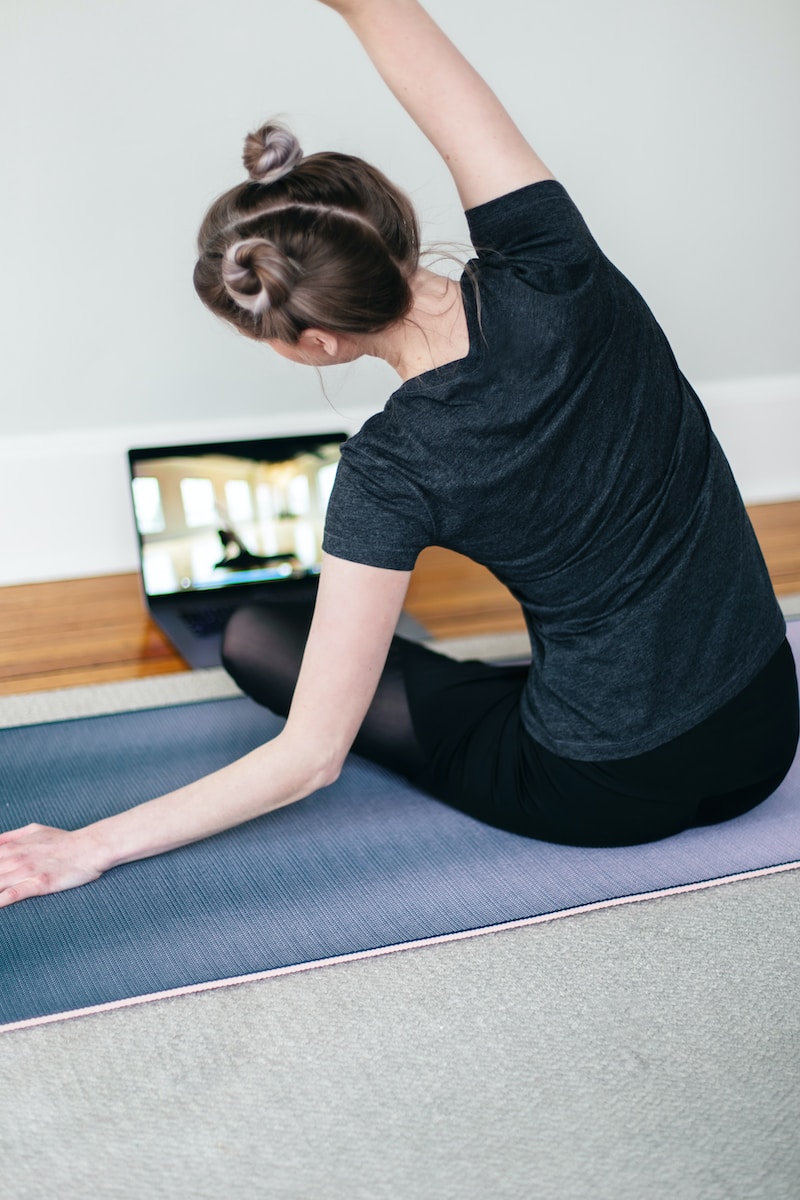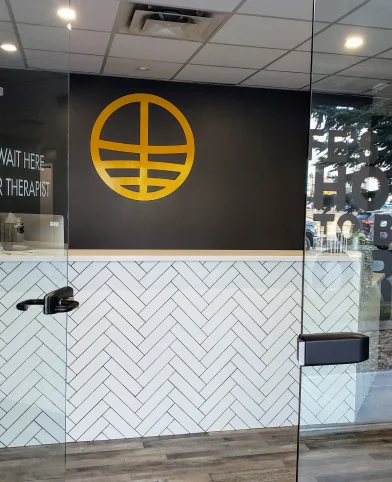In today’s performance-focused world, you’ve likely noticed athletes sporting bright, colorful strips of tape during intense workouts or outdoor activities. These eye-catching tapes aren’t just for show—they’re an essential part of kinesiology and sport taping techniques that help enhance athletic performance, support muscle function, and reduce the risk of injury. Whether you’re a seasoned competitor pushing your limits or someone who enjoys an active, healthy lifestyle in Edmonton or Sherwood Park, understanding and leveraging the power of sport taping can be a complete game-changer. With the right taping methods, you’ll experience improved stability, better recovery, and the confidence to take your training to the next level.
What Is Sport Taping and Why Is It So Popular?

Sport taping or athletic taping isn’t a new concept—athletes have relied on it for over 40 years to stabilize weak areas, prevent injuries, and support recovery. Traditionally, tape has been used to wrap joints, muscles, and tendons to limit movement, offering extra support during physical activities. This type of tape is typically white, non-stretchy, and applied tightly around areas like the wrists, ankles, or knees.
Recently, however, kinesiology tape has taken over the fitness world. You may have noticed its vibrant colors and unique patterns. Unlike traditional sport tape, kinesiology tape is flexible, allowing for a broader range of motion and greater comfort. It’s applied directly to the skin and can be worn all day long, making it a preferred choice for athletes who need continuous support without sacrificing mobility.
How Does Kinesiology Tape Work?
Kinesiology tape stands out for its ability to aid in recovery while keeping you moving. Instead of restricting movement, the tape lifts the skin slightly to create space between tissues. This enhances blood circulation and promotes lymphatic drainage, which is crucial for healing injured or swollen areas.
While traditional sport tape is generally removed after exercise, kinesiology tape can stay on for days, providing constant relief without applying pressure to the injured area. It helps with issues like:
- Reducing inflammation from strenuous activity
- Supporting joints, ligaments, and muscles during workouts
- Improving posture and alignment to prevent injury
- Enhancing blood flow to aid in muscle recovery
Who Should Consider Using Sport Tape?

Sport tape isn’t just for professional athletes. If you’re training for a marathon, pushing your limits at the gym, or just staying active in your daily life, taping can provide the support you need. Whether you’re recovering from a recent injury or aiming to prevent one, taping can boost your confidence and performance.
Real-World Example: Local Sherwood Park Runner’s Experience
Take Sarah, a regular runner from Sherwood Park who began experiencing knee pain after increasing her weekly mileage. After incorporating kinesiology tape into her routine, Sarah noticed reduced discomfort and better stability during long runs. This allowed her to continue training without aggravating her injury, proving that the right taping method can offer both relief and support.
Common Mistakes to Avoid with Sport Taping
While sport tape can be highly effective, it’s essential to know its limitations. Taping should never be used to mask pain or push through an injury. Here are a few tips to keep in mind:
- Don’t rely solely on tape to heal injuries. If you’re hurt, consulting a professional is crucial.
- Avoid over-tightening the tape, as it can restrict blood flow and cause more harm than good.
- Use tape as part of a broader treatment plan, including rest, rehabilitation, and professional care.
Elevate Your Game with the Right Support
For active individuals in Edmonton and Sherwood Park, kinesiology taping can be a game-changer when it comes to preventing injuries, improving recovery, and boosting performance. It allows you to stay active without sacrificing support or comfort. Just remember, it’s best used alongside other recovery methods such as therapeutic massage or acupuncture for optimal results. Consider visiting Athlete’s Choice Massage in Sherwood Park or Downtown Edmonton to explore additional recovery services like sport massage and manual osteopathy for a more holistic approach to injury prevention and recovery.
Related Read: Bowling: Stay Strong, Prevent Injuries, and Improve Performance





